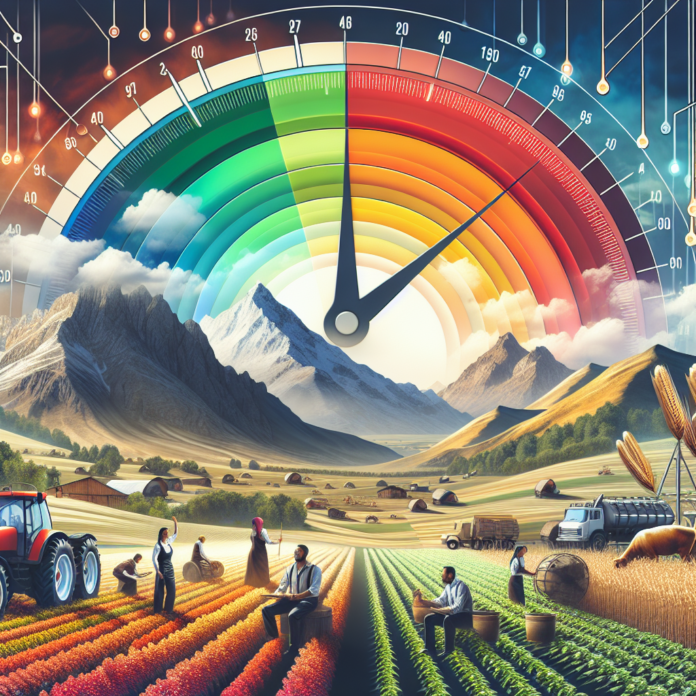Agricultural Index Insurance as a Vital Support for Farmers Facing Climate Challenges
Agricultural Index Insurance: A Vital Support for Farmers Facing Climate Challenges
In recent years, the agricultural sector has faced unprecedented challenges due to climate change, including erratic weather patterns, prolonged droughts, and devastating floods. These factors have significantly increased the risks associated with farming, threatening the livelihoods of millions of farmers worldwide. In this context, agricultural index insurance has emerged as a crucial financial tool designed to safeguard farmers against climatic uncertainties.
Understanding Agricultural Index Insurance
Agricultural index insurance is a type of insurance that pays out benefits based on a predetermined index, such as rainfall levels or temperature thresholds, rather than actual losses incurred by individual farmers. This innovative approach allows for quicker payouts and reduces the costs associated with traditional insurance methodologies, where individual assessments of damage are required. By tying payouts to specific, measurable indices, farmers can have greater financial security, allowing them to invest in their crops and livestock without the constant fear of catastrophic loss.
Benefits for Farmers
One of the primary advantages of agricultural index insurance is its accessibility. Many farmers, especially smallholders in developing countries, often lack the resources to afford traditional insurance. Index insurance programs can be tailored to local conditions, making them more suitable for specific agricultural practices and regional climates. Additionally, the speed of payouts—often occurring within weeks after a triggering event—provides farmers with timely support to recover from losses and continue their operations.
Moreover, index insurance can encourage farmers to adopt more sustainable practices. With the safety net provided by insurance, farmers may be more willing to experiment with climate-resilient crops or innovative farming techniques that they might otherwise avoid due to financial risks. This shift not only helps individual farmers but can also contribute to broader agricultural sustainability.
Challenges and Limitations
Despite its potential, agricultural index insurance is not without challenges. The accuracy and reliability of the indices used to determine payouts can be a concern, particularly in regions where local climatic conditions may not accurately reflect the broader indices. Additionally, there is a need for robust data collection and monitoring systems to ensure that the indices are reflective of actual conditions experienced by farmers.
Furthermore, awareness and understanding of index insurance remain limited in many farming communities. Education and outreach are essential to empower farmers to utilize these financial tools effectively. Governments, NGOs, and private sector players have a critical role to play in promoting awareness and facilitating access to index insurance products.
The Future of Agricultural Index Insurance
As climate change continues to pose significant threats to agriculture, the demand for innovative financial solutions like agricultural index insurance is likely to grow. Investment in technology, such as satellite imagery and weather forecasting, can enhance the accuracy of indices and improve the overall effectiveness of insurance programs.
Additionally, collaborative efforts between private insurers, governments, and international organizations can help create a more comprehensive safety net for farmers. By integrating index insurance with other risk management strategies, such as crop diversification and sustainable farming practices, the agricultural sector can build resilience against the uncertainties of climate change.
In conclusion, agricultural index insurance offers a promising lifeline for farmers navigating the complexities of climate risks. With continued development, education, and support, this financial tool has the potential to transform agricultural practices and secure livelihoods in an increasingly unpredictable world.


